You will need:
- Hand template on paper or card (get the hand template here)
- Scissors
- Straws
- Tape or Glue
- String
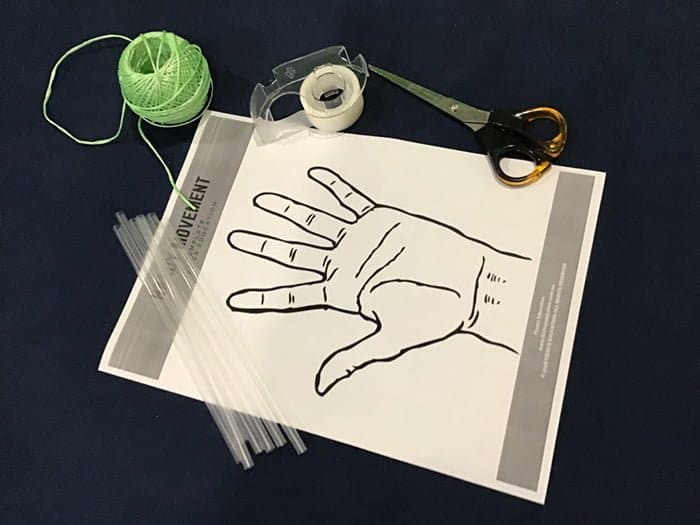
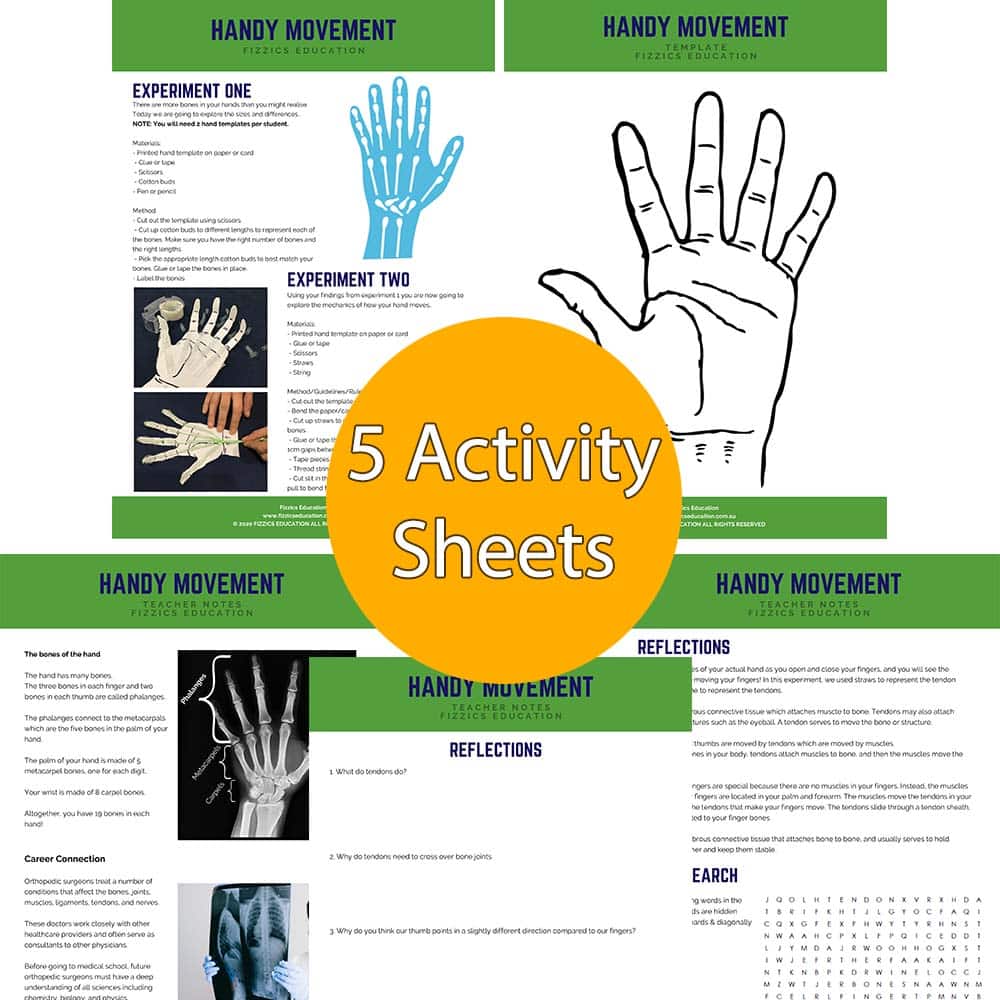
Go further – buy 5 x student activity sheets as extension worksheets.
This student science booklet has been created by experienced science educators from the Fizzics Education team.
Use these student worksheets as blackline masters for your science class!
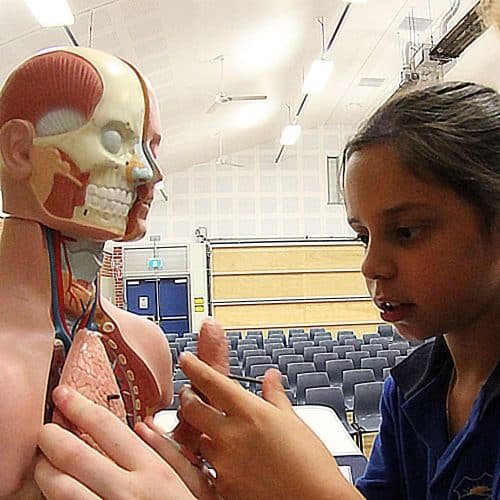
School science visits since 2004!
– Curriculum-linked & award-winning incursions.
– Over 40 primary & high school programs to choose from.
– Designed by experienced educators.
– Over 2 million students reached.
– Face to face incursions & online programs available.
– Early learning centre visits too!
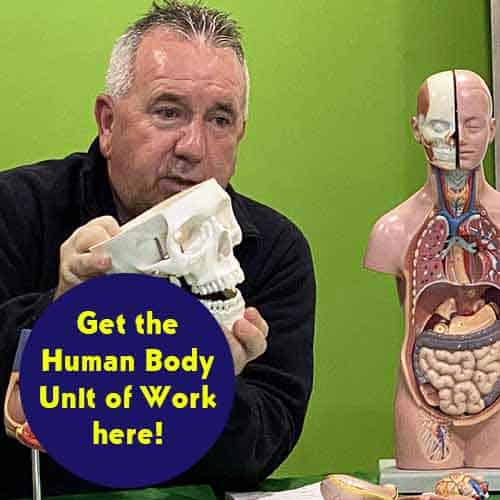
Get the Unit of Work on the human body here!
- Learn about the major body systems
- Dive into the five senses
- How does digestion, respiration, circulation and many other processes work and more!
Includes cross-curricular teaching ideas, student quizzes, a sample marking rubric, scope & sequences & more
What is Happening?
The hand has many bones. The three bones in each finger and two bones in each thumb are called phalanges. The phalanges connect to the metacarpals which are the five bones in the palm of your hand. Altogether, you have 19 bones in each hand plus 8 in your wrist.
The bones of the hand provide support and flexibility to the soft tissues. They can be divided into three categories:
- Carpal bones (Most proximal or closest to arm) – A set of eight irregularly shaped bones. These are located in the wrist area.
- Metacarpals – There are five metacarpals, each one related to a digit
- Phalanges (Most distal or furthest from arm) – The bones of the fingers. Each finger has three phalanges, except for the thumb, which has two.
A tendon is a fibrous connective tissue which attaches muscle to bone. Your fingers and thumbs are moved by tendons which are moved by muscles. In most other bones in your body, tendons attach muscles to bone, and then the muscles move the bone. However, your fingers are special because there are no muscles in your fingers. Instead, the muscles that control your fingers are located in your palm and forearm. The muscles move the tendons in your fingers, and it’s the tendons that make your fingers move. The tendons slide through a tendon sheath, which is connected to your finger bones. Look at both sides of your actual hand as you open and close your fingers, and you will see the tendons that are moving your fingers! In this experiment, we used straws to represent the tendon sheaths and twine to represent the tendons.
Variables to test
- Can you construct this hand model so that it can hold a weight?
- What happens if you change the positions of the straws?
Teaching about the human body? From the 5 senses to the skeletal system, the Human Body workshop has you covered!
Get in touch with FizzicsEd to find out how we can work with your class.
Human Body
Years 3 to 6
Maximum 30 students
School workshop (NSW only)
60 or 90 minutes
Online Class Available
STEM Full Day Accelerator - Primary
Designed from real classroom experiences, this modular day helps you create consistently effective science learning that directly address the new curriculum with easily accessible and cost-effective materials.
Gross Science Parties
Gooey science activities
Make fake wounds & blood
Disgusting fake vomit & snot
More on the horrible human body!
From $395 inc. GST

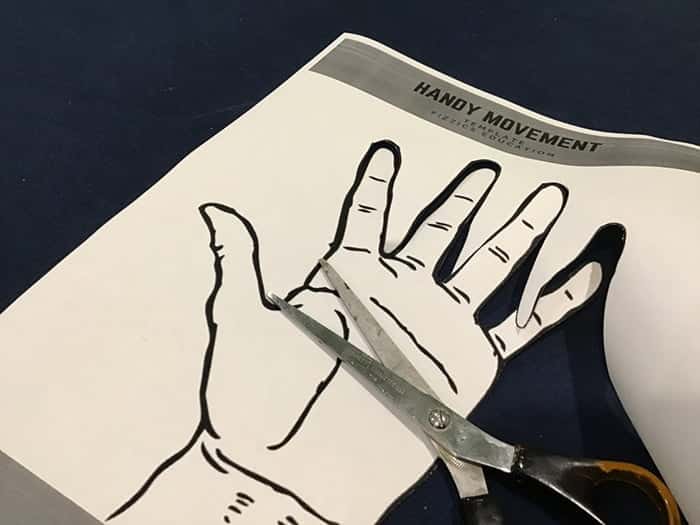
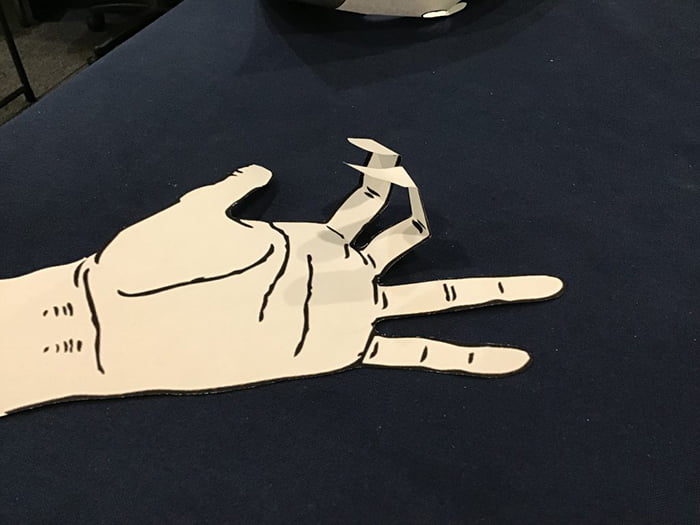
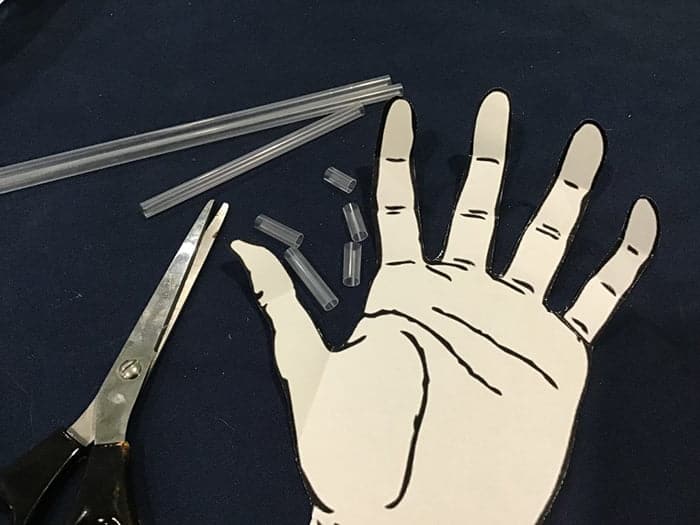
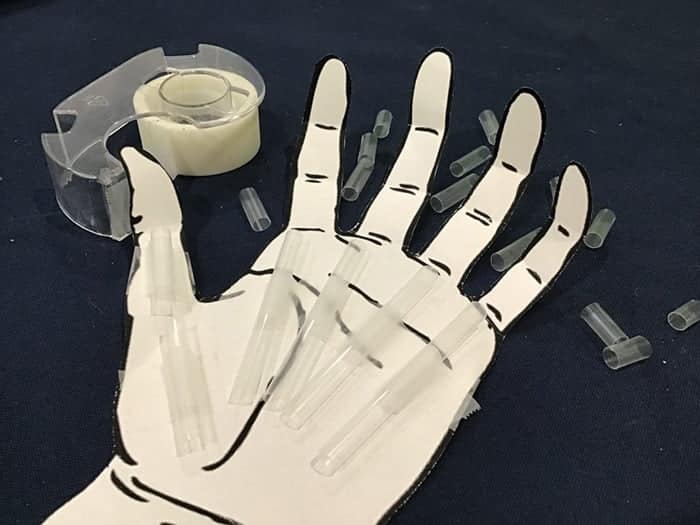

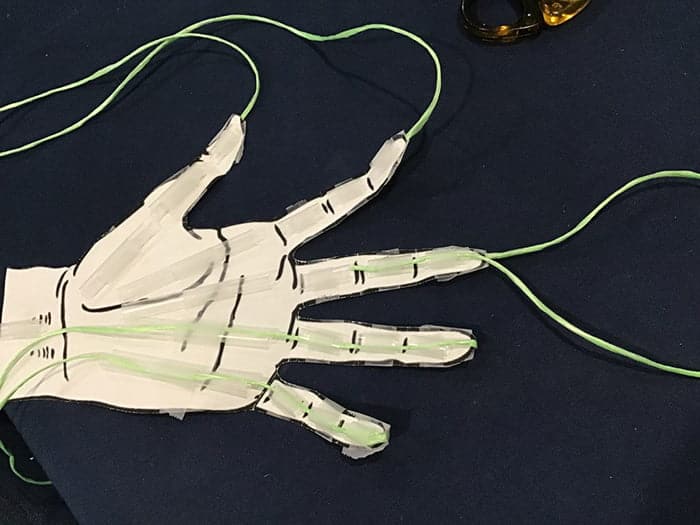
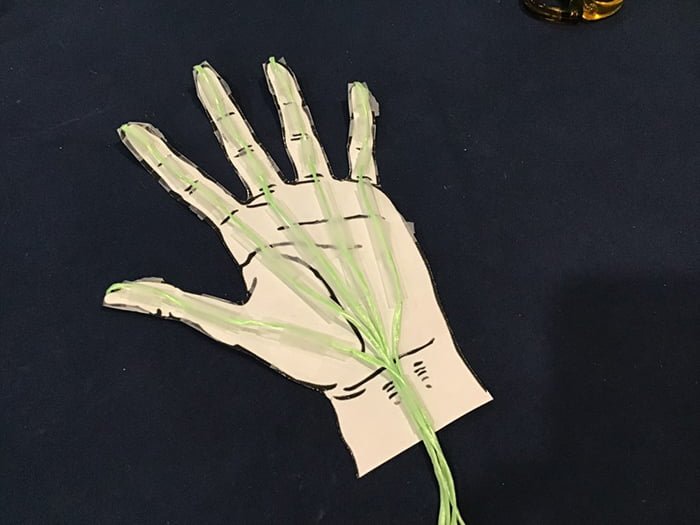
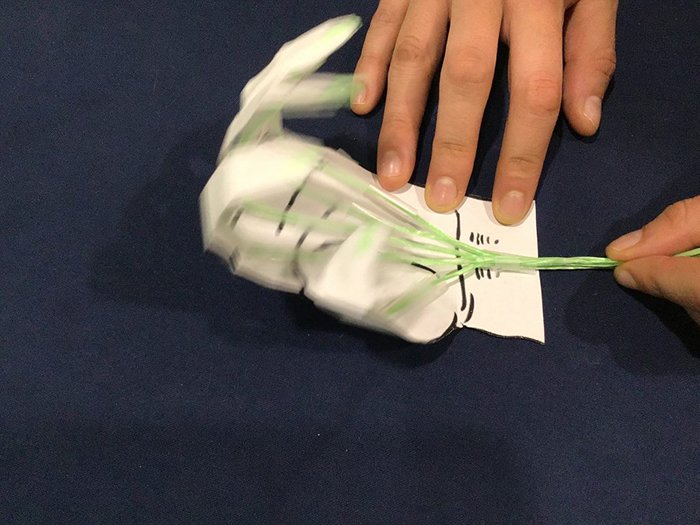
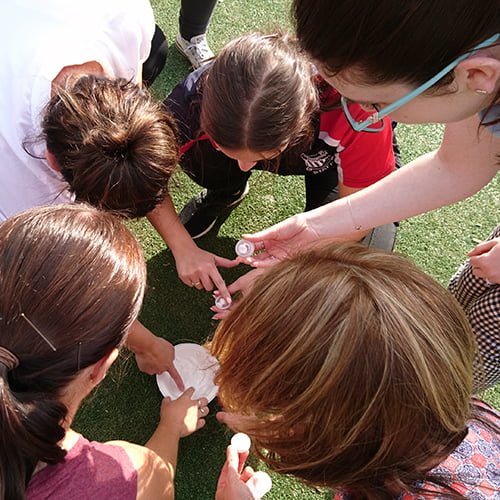



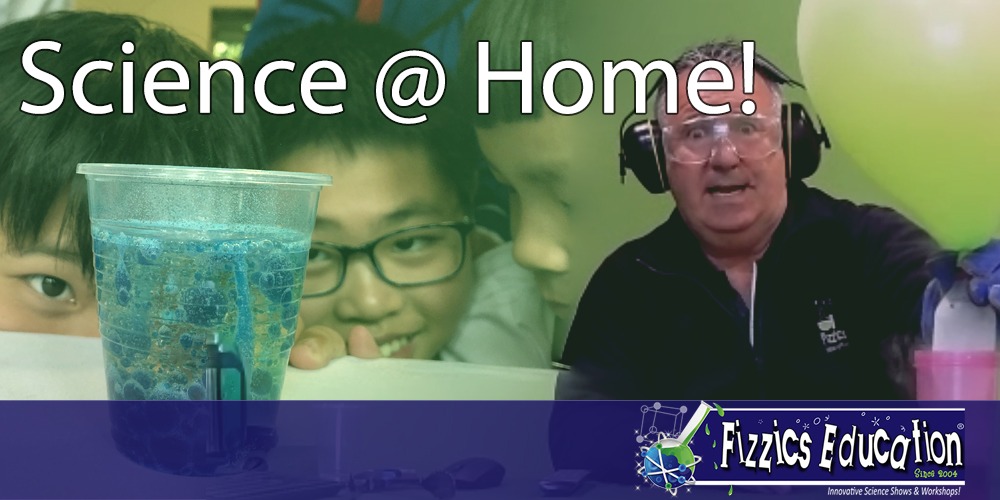

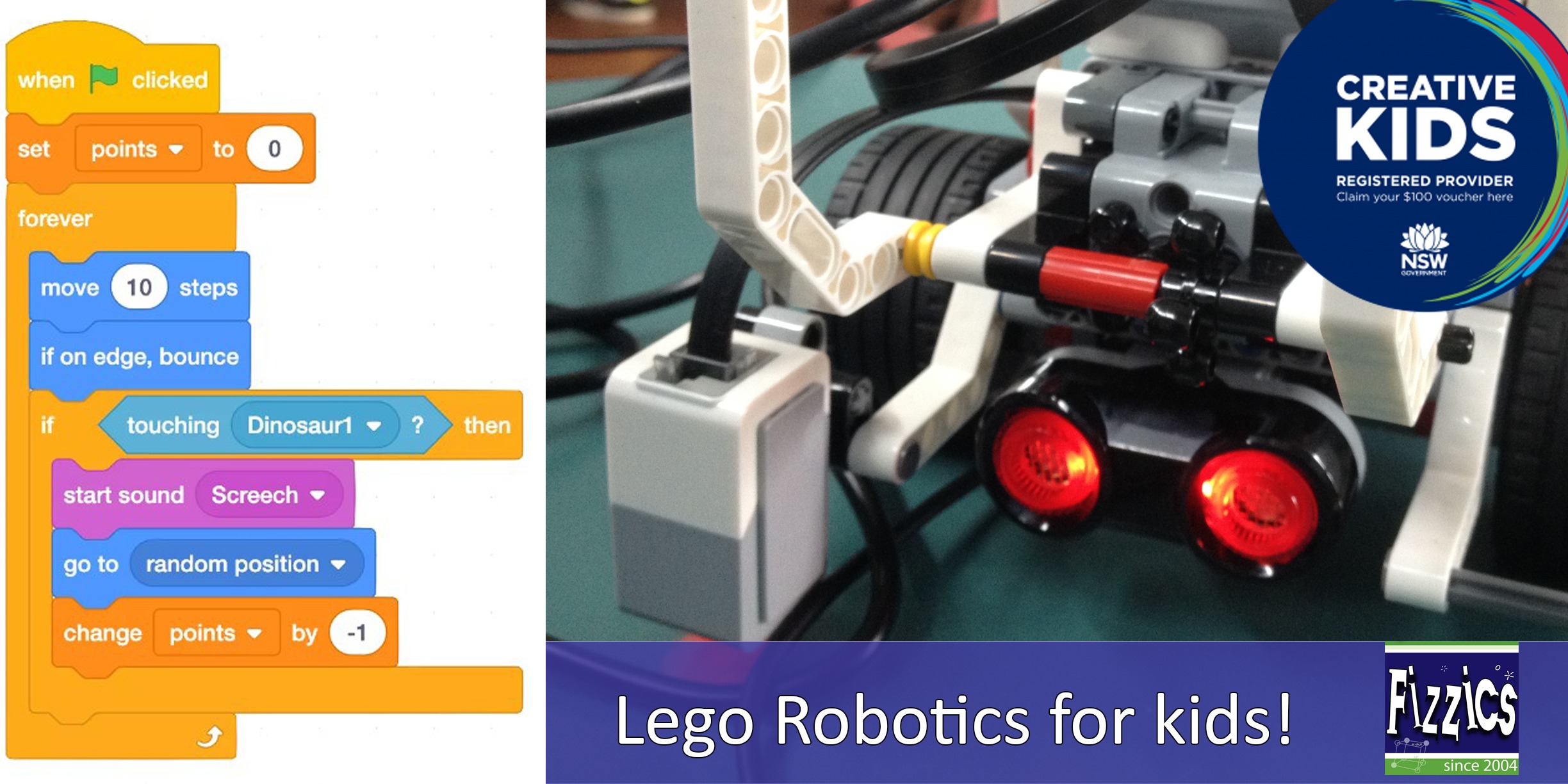
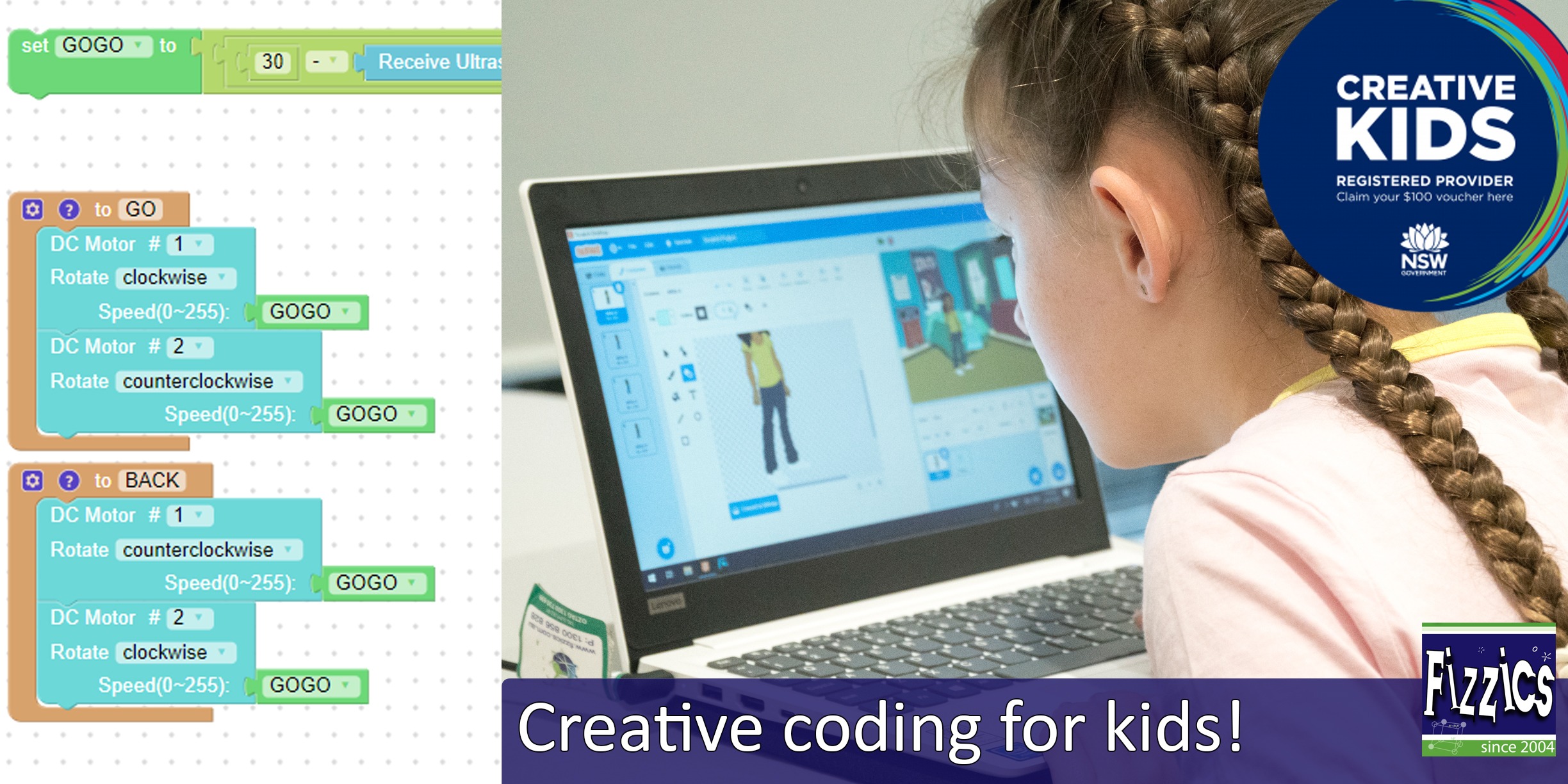
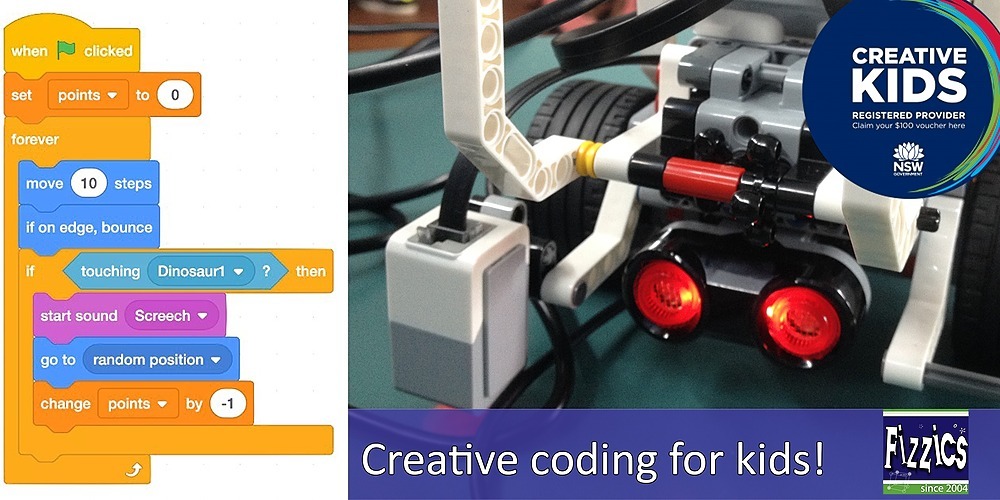
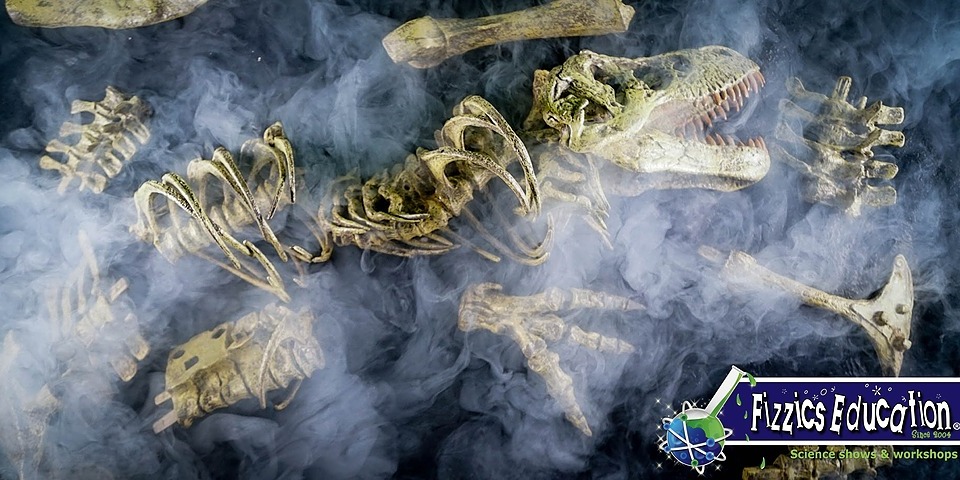


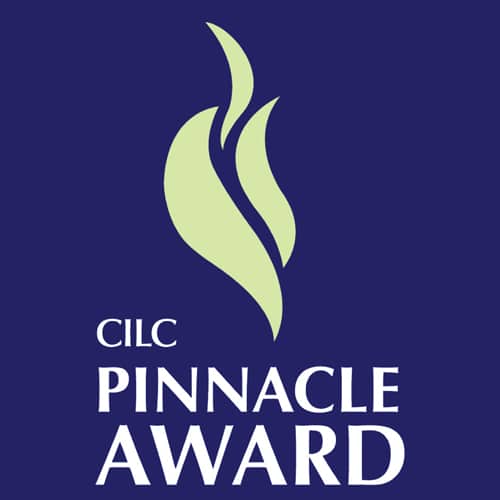

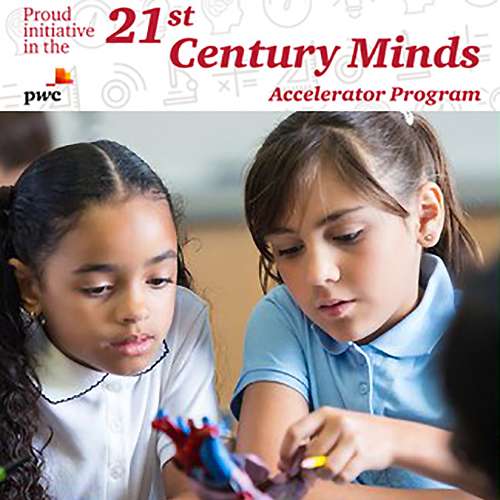
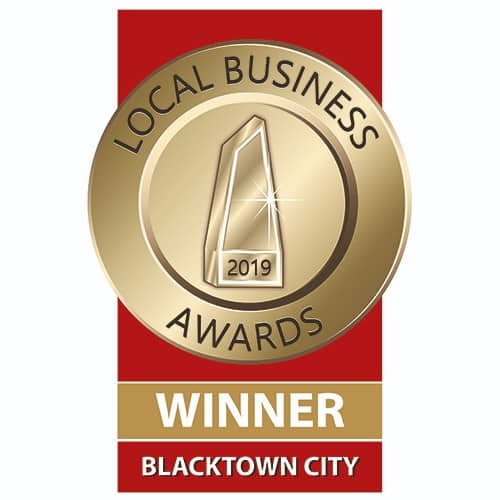






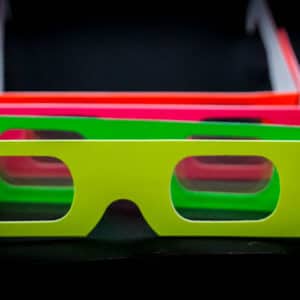



Comments